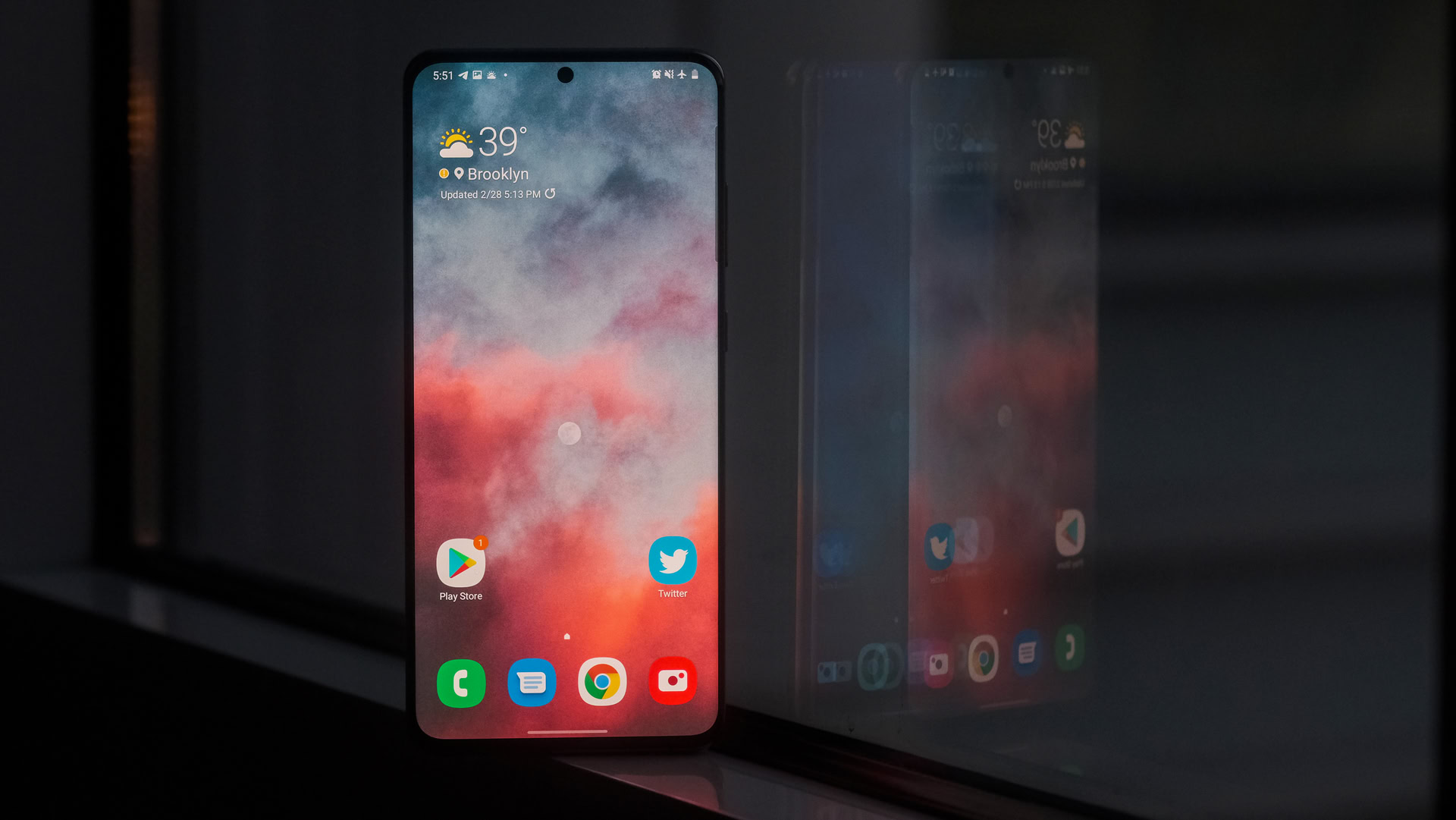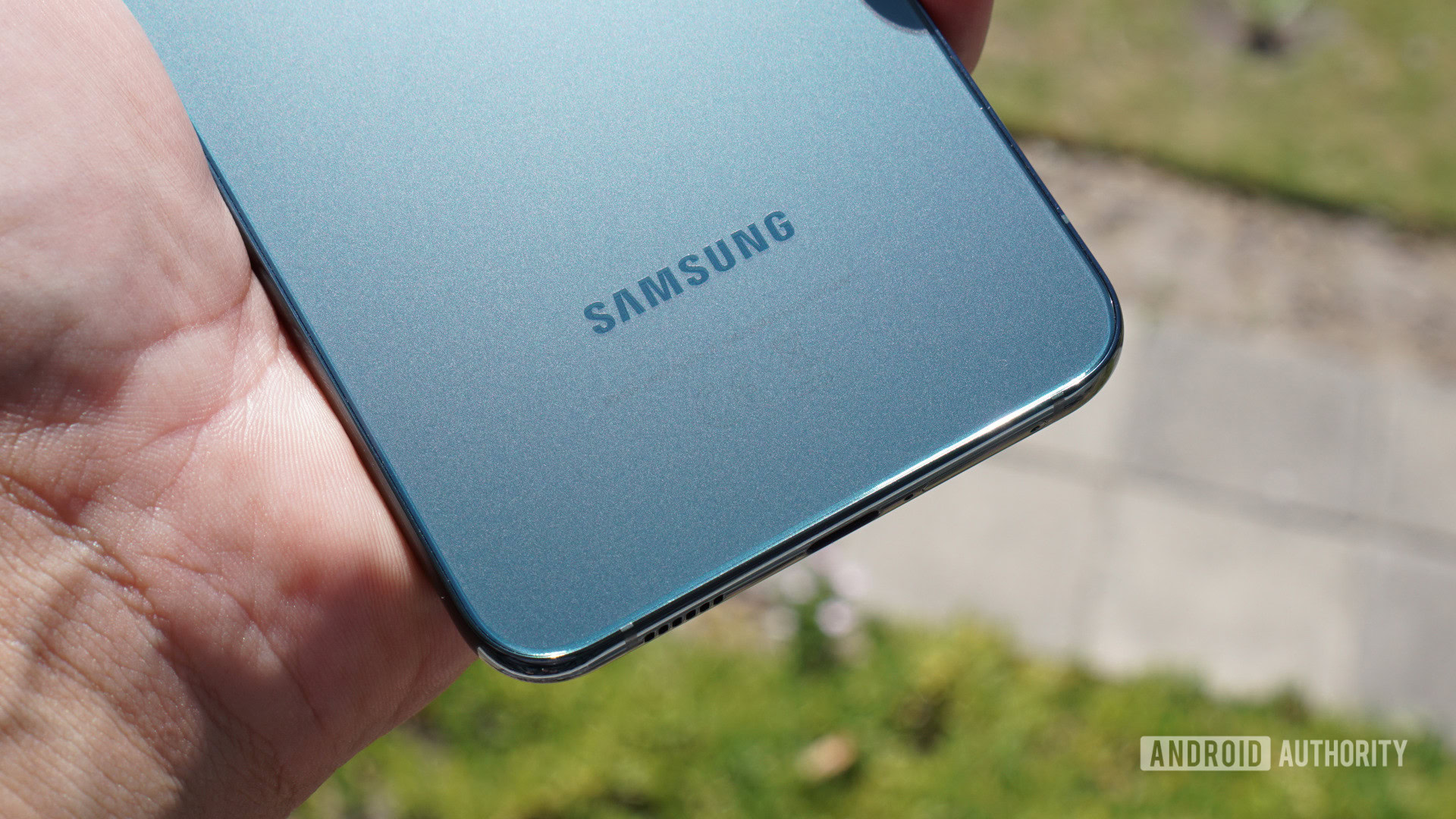Affiliate links on Android Authority may earn us a commission. Learn more.
Samsung Galaxy S series: Why Exynos versus Snapdragon is such a big deal

Samsung’s Galaxy S series phones offer top-notch screens, class-leading image quality, and expected premium features (e.g. IP68 rating, wireless charging). When you combine these factors with global availability, it’s easy to see why Samsung’s flagships are among the best-selling high-end phones around.
But one traditional source of contention is that a Galaxy S phone in one region can have worse performance, battery life, and image quality than the same device in another market. This discrepancy exists because Samsung has usually offered two different chipsets in the Galaxy S series, depending on the region.
The US traditionally received phones powered by Qualcomm Snapdragon processors, while until very recently, EMEA markets and India received devices powered by Samsung’s own Exynos chipsets. That changed with 2023’s Galaxy S23 series, which is powered by Snapdragon silicon across the board.
The long-running Exynos vs Snapdragon rivalry came to a (temporary?) end with the Galaxy S23 series.
Nevertheless, Snapdragon and Exynos flagship processors aren’t made equal. Sometimes one chipset is better than the other, offering improved battery life and/or superior CPU/GPU performance, effectively creating two tiers of Galaxy S customers. We’ve seen significant differences in all of these areas in the past, and 2022 saw Samsung’s Exynos 2200 differing from Qualcomm’s Snapdragon 8 Gen 1 in a couple of crucial areas too.
A short history of Exynos vs Snapdragon

A recap of some of the biggest Exynos vs Snapdragon discrepancies is in order before we get into what’s likely to stir the pot in the future. So here’s a rundown of some of the more important differences in recent times.
Performance
2020’s Exynos 990 in the Galaxy S20 series was considered the low point for the Exynos family from a performance perspective. Our own testing showed that the Snapdragon 865 variant offered better multi-core CPU performance and much better graphical performance, while the two were virtually tied in single-core benchmarks. We can trace similar performance differences back as early as 2012’s Galaxy S3. Benchmarks at the time showed that the Snapdragon version was able to beat the Exynos model in CPU tests, despite the Snapdragon model offering a dual-core CPU versus the Exynos variant’s quad-core design.
2021’s Galaxy S21 series was available with either a Snapdragon 888 chipset or the Exynos 2100, and we saw the gap narrow between the two SoCs. In fact, our testing found that the two were neck-and-neck when it came to CPU performance, but Qualcomm’s variant still reigned supreme in the GPU category (albeit with a reduced gap). The Snapdragon model has been the better choice for gamers in recent years owing to this performance advantage and broader compatibility when it comes to emulation.
Snapdragon chips have generally held the upper hand over Exynos processors, particularly when it comes to GPU performance.
2022 saw the Galaxy S22 series debut with either a Snapdragon 8 Gen 1 processor or the Exynos 2200. The latter was the first Exynos chipset with an AMD GPU, but the Snapdragon processor blitzed it in graphical benchmarks according to our own testing. The two SoCs were similarly matched in terms of CPU performance, with the Snapdragon variant edging ahead for single-core performance and the Exynos model pulling ahead on multi-core scores. However, we found that the Exynos model offered better sustained performance in some tests.
The big takeaway with the Galaxy S22 series though is that the Snapdragon and Exynos chipsets generally didn’t offer a huge horsepower improvement over the previous year’s processors.
Battery life
The situation seems to be more favorable for Exynos variants when it comes to endurance. The Exynos 990 may have been the nadir of Samsung’s mobile chip efforts, but our testing found that Galaxy S20 series variants equipped with this chipset beat the Snapdragon 865 variant (albeit by between 15 and 30 minutes). This is likely due to the Exynos chipset throttling back in the name of endurance, sacrificing performance for battery life, but it’s still notable anyway.
The Exynos 2100 version of the Galaxy S21 Ultra repeated this feat, lasting almost half an hour longer than the Snapdragon 888 version in our Speed Test G endurance test. In saying so, we also found that the Exynos variant throttled performance sooner.
We tested the battery life of the Galaxy S22 Ultra variants as part of our stress test, finding that the Snapdragon 8 Gen 1 version lasted for 222 minutes versus 211 minutes for the Exynos 2200 variant. Our own Rob Triggs suggested that the difference between the two figures was close enough to be within the margin of error. So it looks like you shouldn’t see a major battery life discrepancy here.
Camera
Another area that sees differences between Exynos and Snapdragon variants is camera quality, as Dxomark and YouTuber Danny Winget showed that the Snapdragon-powered Galaxy S21 Ultra has better image quality than the Exynos model.
The Exynos and Snapdragon variants also differ somewhat when it comes to image and video quality.
This difference isn’t readily apparent during the day and the two variants seem to trade blows when the sun is out. But the Exynos variant definitely shows plenty more noise in low-light scenarios when you look a little closer. Check out a comparison by Winget in this screenshot.
Dxomark tested both Galaxy S22 Ultra variants and dished out the same overall score. However, the Snapdragon device earned slightly higher marks for the photo category while the Exynos model delivered slightly higher scores for zoom and video.
Video capabilities
Finally, the chipsets aren’t made equal when it comes to video recording. One of the most prominent examples was the Exynos 8895 inside the Galaxy S8 and Note 8 supporting 4K/60fps recording while the Snapdragon 835 lacked this feature. Meanwhile, the Exynos 9820 inside the Galaxy S10 series supported 8K recording before the equivalent Snapdragon chipset offered it.
Unfortunately for Exynos users in both cases, the Exynos variants didn’t officially have these higher-quality recording modes. Instead, Samsung waited for the Snapdragon chip to catch up and support those modes before adopting it in both models.
Another example of video differences between variants is AV1 support, as the Exynos Galaxy S21 variant supports the new codec standard. This standard promises the same video quality with smaller file sizes, with Netflix already supporting this more efficient format. Unfortunately, the Snapdragon 888 inside US Galaxy S21 phones lacked this support. This trend continued in 2022, as the Exynos 2200 inside European Galaxy S22 models supported AV1 video decoding while the Snapdragon 8 Gen 1 does not.
What to expect in the future?

These differences have resulted in enthusiasts urging Samsung to offer Galaxy flagships with the Snapdragon processor in more markets. This is understandable, as the differences can and often do have a real-world effect.
For example, the Galaxy S20’s Exynos 990 chipset struggled with some advanced games compared to the Snapdragon variant. It’s even led some enthusiasts to post a petition calling on Samsung to either ditch the Exynos variant or sell it at a reduced price. We saw a similar situation in 2022 as the Exynos 2200 struggled with games like Diablo Immortal, although this seemed due to a lack of optimization on the part of the game’s developer.
In any event, these enthusiasts got what they wanted in 2023 as the Galaxy S23 series is powered entirely by the Snapdragon 8 Gen 2 around the world. This marked the first time since 2015 that the Galaxy S line is powered entirely by one processor.
More reading: A history of Samsung’s Exynos flagship processors
This came at a rather awkward time for Samsung as well, as 2022’s Exynos 2200 was the first Samsung processor with an AMD GPU. So we didn’t get to see a follow-up effort straight away. In saying so, the two parties announced in April 2023 that they would be extending their deal. The joint statement notes that the deal will “bring multiple generations of high-performance, ultra-low-power AMD Radeon graphics solutions to an expanded portfolio of Samsung Exynos SoCs.”
Samsung also announced the flagship Exynos 2400 chipset in late 2023, suggesting that an Exynos-powered Galaxy S24 series will be available in 2024. After all, Samsung typically doesn’t announce a new flagship Exynos chip if it doesn’t plan to use this processor in the first place. The chipset also has a couple of features in common with the brand-new Snapdragon 8 Gen 3 SoC, such as super-fast image generation and Zoom Anyplace camera tech.
In other words, it sounds like the Exynos versus Snapdragon rivalry will continue again in 2024. Rumors also persist that Samsung has formed a team within its mobile unit that’s been tasked with making a high-end chipset. This new chipset is purportedly due in 2025 and would be made by Samsung’s mobile business itself rather than its Samsung Semiconductor division as was previously the case.